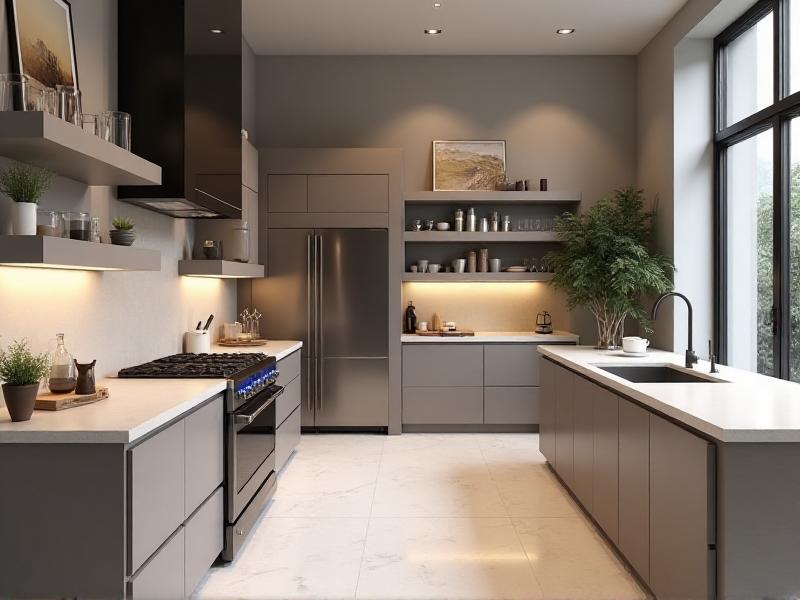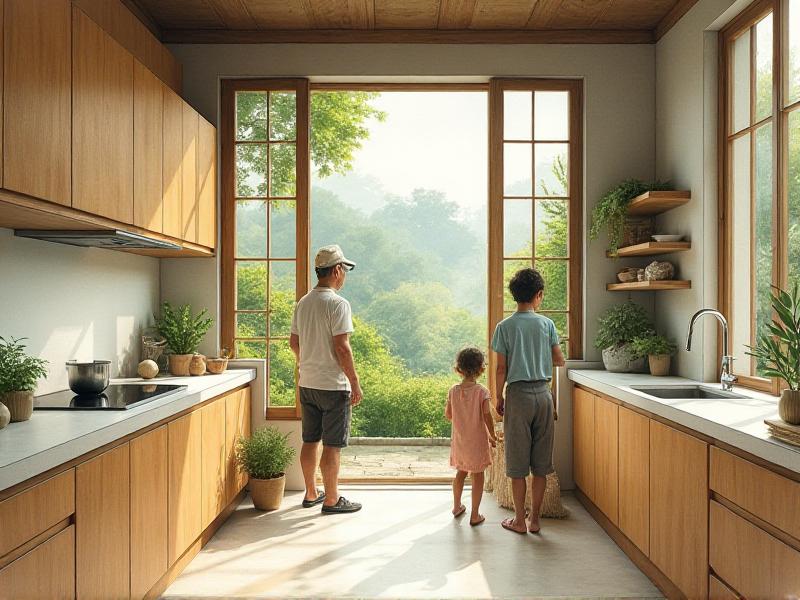The Ultimate Guide to Kitchen Cabinets: Styles, Materials, and Costs
1. Understanding the Importance of Kitchen Cabinets
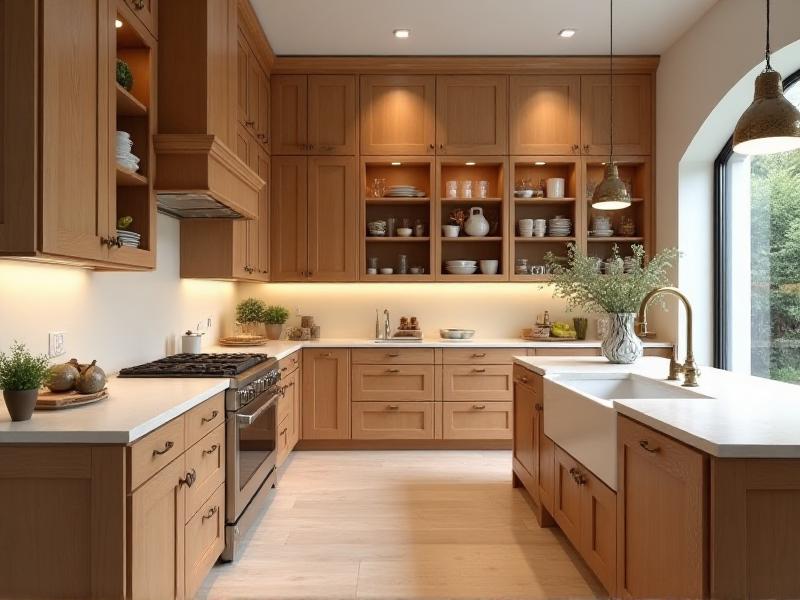
Kitchen cabinets are more than just storage solutions; they are the backbone of your kitchen's design and functionality. They define the aesthetic appeal of your space while providing essential storage for cookware, utensils, and pantry items. Whether you're renovating your kitchen or building a new one, choosing the right cabinets is crucial. This guide will walk you through everything you need to know about kitchen cabinets, from styles and materials to costs and installation tips.
2. Popular Kitchen Cabinet Styles
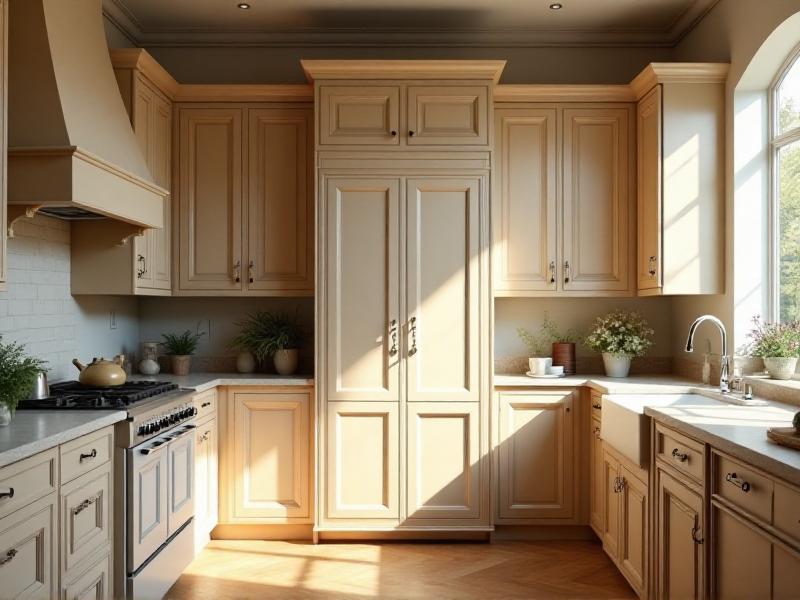
When it comes to kitchen cabinet styles, there's something for everyone. Traditional cabinets often feature intricate details like raised panels and decorative molding, while modern designs lean toward sleek, minimalist lines. Shaker-style cabinets, with their clean lines and timeless appeal, are a popular choice for many homeowners. For a more rustic look, consider distressed or reclaimed wood cabinets. Each style brings its own unique charm, so it's important to choose one that complements your kitchen's overall theme.
3. Choosing the Right Material for Your Cabinets

The material you choose for your kitchen cabinets will significantly impact their durability, appearance, and cost. Solid wood is a classic option that offers unmatched beauty and longevity, but it can be expensive. Plywood and MDF (medium-density fiberboard) are more affordable alternatives that still provide excellent durability. For a contemporary look, consider laminate or thermofoil cabinets, which are easy to clean and maintain. Each material has its pros and cons, so weigh your options carefully based on your budget and lifestyle.
4. Exploring Cabinet Door Designs
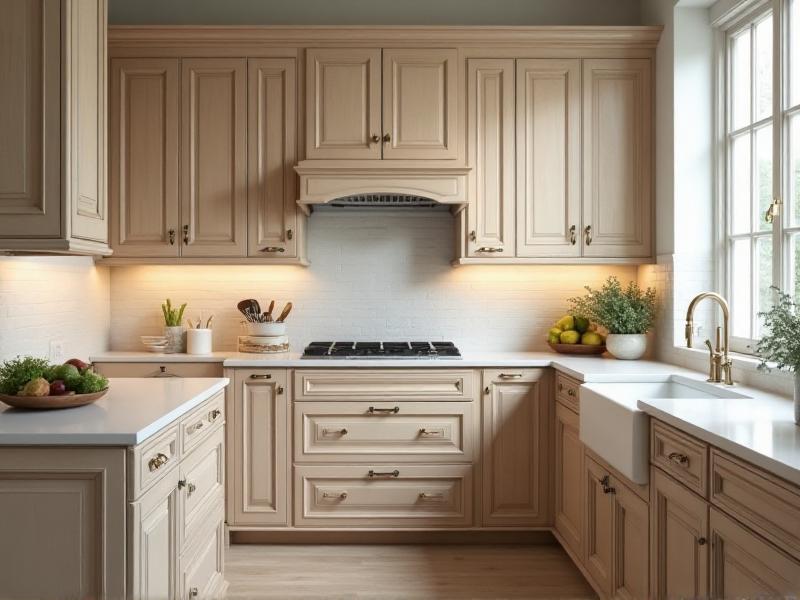
Cabinet doors play a significant role in defining the overall look of your kitchen. Raised panel doors add depth and dimension, making them ideal for traditional kitchens. Flat-panel doors, on the other hand, are perfect for modern or minimalist designs. Glass-front doors can create an open, airy feel, while beadboard doors add a touch of cottage charm. Don't forget to consider the hardware, as knobs and pulls can further enhance the style of your cabinets.
5. The Role of Color in Kitchen Cabinets

Color is a powerful tool in kitchen design, and your cabinet color can set the tone for the entire space. White cabinets are a timeless choice that can make your kitchen feel bright and spacious. For a bold statement, consider navy blue or deep green cabinets. If you prefer a natural look, wood tones are always in style. Don't be afraid to mix and match colors, such as pairing white upper cabinets with a darker shade for the lower ones, to create visual interest.
6. Custom vs. Stock Cabinets: What’s the Difference?

When shopping for kitchen cabinets, you'll likely come across three main types: stock, semi-custom, and custom. Stock cabinets are pre-made and come in standard sizes, making them the most affordable option. Semi-custom cabinets offer more flexibility in terms of size and design, while custom cabinets are built to your exact specifications. While custom cabinets are the most expensive, they allow you to create a truly unique kitchen tailored to your needs.
7. Budgeting for Kitchen Cabinets
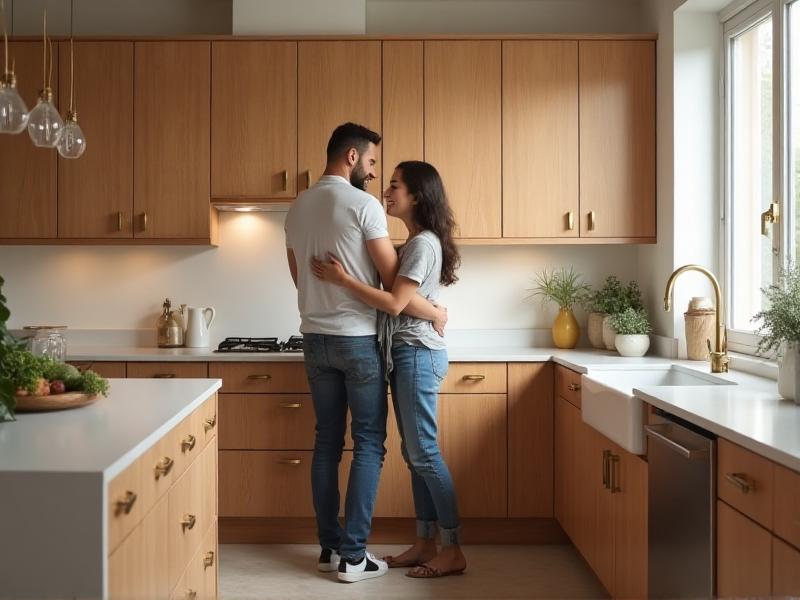
Kitchen cabinets can be a significant investment, so it's important to set a realistic budget before you start shopping. On average, cabinets account for about 30-40% of a kitchen renovation budget. Factors like material, size, and customization will influence the final cost. To save money, consider refacing or repainting your existing cabinets instead of replacing them entirely. If you're working with a tight budget, stock cabinets are a cost-effective option that still offers plenty of style choices.
8. Tips for Maximizing Cabinet Storage
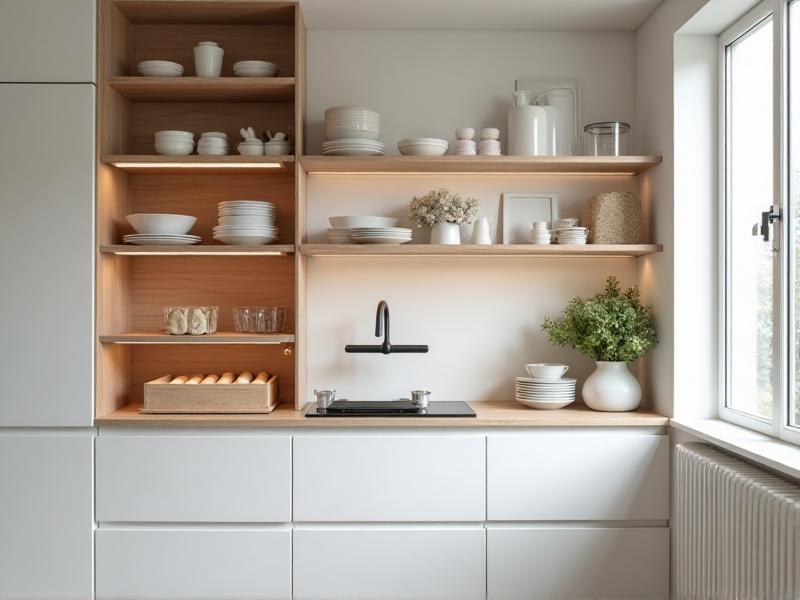
No matter how big or small your kitchen is, maximizing storage space is key to keeping it organized and functional. Pull-out shelves, lazy Susans, and drawer dividers can help you make the most of your cabinet space. Consider adding vertical storage solutions like tall pantry cabinets or open shelving for frequently used items. Don't forget about the space above your cabinets—this area can be used to store less frequently used items or display decorative pieces.
9. The Installation Process: DIY vs. Professional
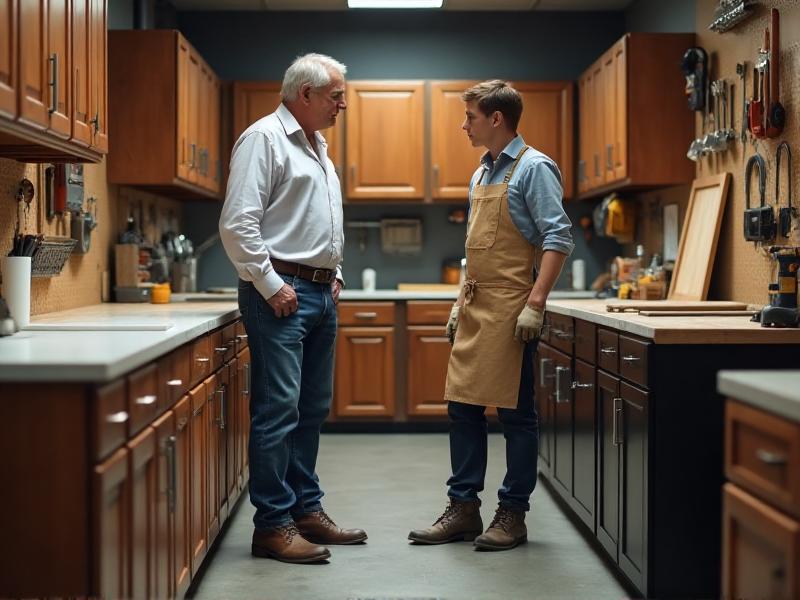
Installing kitchen cabinets can be a challenging task, especially if you're not experienced with home improvement projects. While DIY installation can save you money, it requires precise measurements and a good understanding of carpentry. Hiring a professional ensures that your cabinets are installed correctly and securely, but it can be more expensive. If you're unsure which route to take, consider consulting with a contractor to weigh the pros and cons based on your specific situation.
10. Maintaining Your Kitchen Cabinets
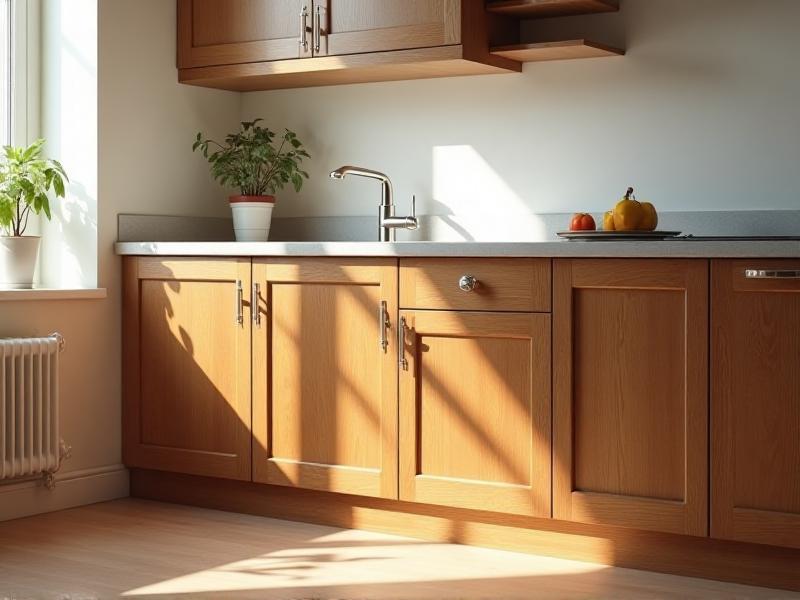
Proper maintenance is essential to keep your kitchen cabinets looking their best for years to come. Regularly clean the surfaces with a mild detergent and avoid using harsh chemicals that can damage the finish. For wood cabinets, consider applying a fresh coat of polish or wax every few months to maintain their luster. If you notice any loose hinges or handles, tighten them promptly to prevent further damage. With a little care, your cabinets will remain a beautiful and functional part of your kitchen.
Key Takeaways
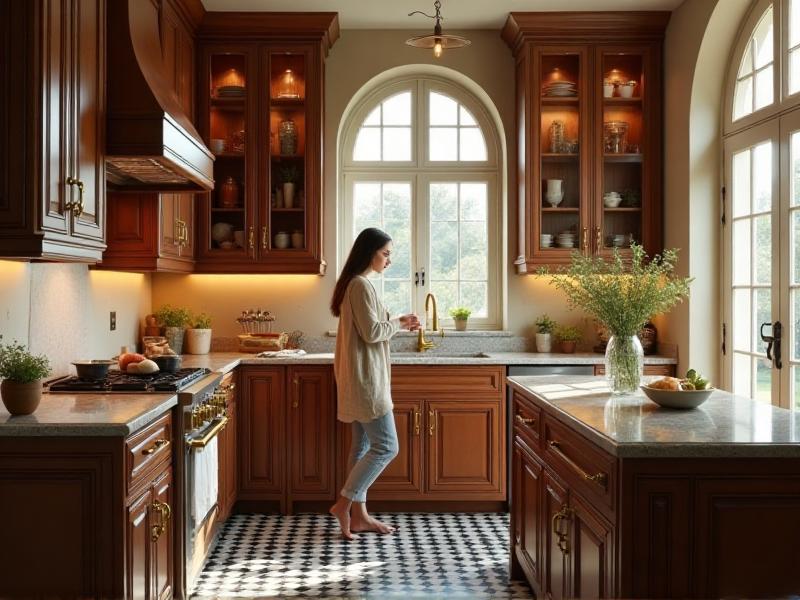
Choosing the right kitchen cabinets involves careful consideration of style, material, and budget. Whether you opt for traditional wood cabinets or modern laminate designs, it's important to select options that align with your kitchen's overall aesthetic and functionality. Don't overlook the importance of proper installation and maintenance to ensure your cabinets stand the test of time. By following this guide, you'll be well-equipped to make informed decisions and create a kitchen that meets your needs and reflects your personal style.
Frequently Asked Questions
Q: How much do kitchen cabinets typically cost?
A: The cost of kitchen cabinets varies widely depending on the material, style, and level of customization. On average, stock cabinets range from $100 to $300 per linear foot, while custom cabinets can cost $500 or more per linear foot.
Q: What is the most durable material for kitchen cabinets?
A: Solid wood is one of the most durable materials for kitchen cabinets, but it can be expensive. Plywood and MDF are also durable and more affordable options.
Q: Can I install kitchen cabinets myself?
A: While DIY installation is possible, it requires precise measurements and carpentry skills. Hiring a professional ensures a secure and accurate installation, especially for custom or semi-custom cabinets.
